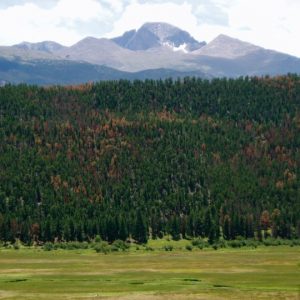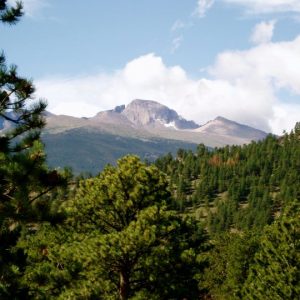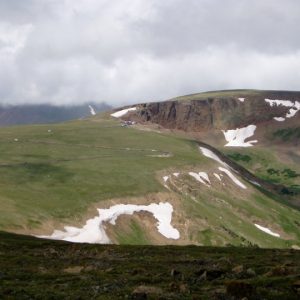Anya Tyson
Range and Wildlife Biology BLM Intern
August in Buffalo, Wyoming: the weather has heated up as my duties as a range intern are winding down. The once uncharacteristically green range has finally cured into shades of yellow and toast. I am now “on wildlife time” here at the office, and I will soon see what the biologists have in store for me.
As an appropriate transition between range and wildlife work, my fellow intern and I spent a fair amount of time designing and implementing a riparian vegetation monitoring effort on BLM land on the Tongue River. Currently, much of length of the river in the parcel is leased for grazing and calving in winter months, but the area is also a BLM recreation site and home to a decent density of breeding birds. In the future, grazing practices will likely change in hopes that riparian vegetation will respond favorably (reduction of non-natives, increased recruitment of woody species, increased vertical structure) and wildlife habitat will be improved. In the planning phases of our monitoring efforts, Miriam, my fellow intern, even had a phone conversation with John Willoughby from the Grand Canyon. Monitoring does seem to be somewhat of an experiment; it is difficult to know just how appropriate and representative the data you choose to collect will be. (John Willoughby recommended at least two years of pilot data, which unfortunately, in this case, is just not that useful for pertinent management objectives).
This project was trying at times (i.e. try driving ~50 t-posts into the ground as both sweat and mosquitoes saturate the air closest to your body!), but extremely worthwhile. In my office, a Scarlet Tanager and a Vermillion Flycatcher, both seriously pretty birds, are centered on a poster that proclaims “Riparian Areas: Nature’s Lifelines.” Though the backdrop of the poster is the San Pedro river in southeastern Arizona in this case, I know that the Tongue River, even states away to the north, must look remarkably similar from a bird’s eye view: a ribbon of green, a crucial highway to the mountains. Earlier this summer, before my internship began, I rafted Desolation and Gray canyons on the Green River in Utah. I had just taken Ornithology as my last course at college, and I was ecstatic to see Lazuli Buntings, Bullock’s Orioles, Western Tanagers and many other birds both nesting and cruising up the waterway. It turns out I desperately love rivers and birds; I truly hope that this monitoring program and its effects on management play even a small part in increasing the numbers of neotropical migrants and breeding birds that utilize habitat on the Tongue River.





















